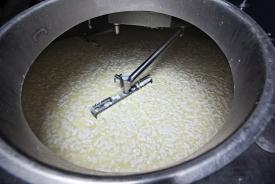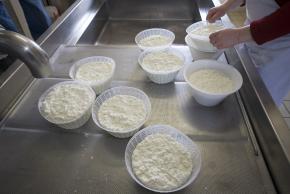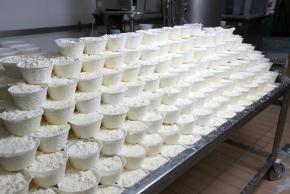On the origin
Already the Roman statesman and author Marcus Porcius Cato mentioned it in his writings as a delicious food, often made from sheep milk as well. Ricotta continues to be extremely popular in Mediterranean cuisines nowadays, but it is also successfully made in Estonia and classic ricotta, ricotta curd, paste, and cream along with sweet, unflavoured or mildly salty taste are all available in stores. Ricotta’s virtue compared to other milk products is its large milk protein content, most of which is composed of whey proteins that are especially easy to intake by the human body. For instance, ricotta contains also five times more calcium than cottage cheese and it is recommended both for people with metabolism problems and babies once they are weaned from breast milk. Due to its quick intake ricotta is valued by sportsmen and due to its small acidity by alkaline dieters. Ricotta has the suitable amount of all the nutrients humans require – large quantities of excellent milk proteins, moderate fat and carbohydrate content and lots of minerals (primarily calcium) as an added bonus.



The texts have been compiled in cooperation with PhD Margus Friedenthal and magazine Oma Maitse!





